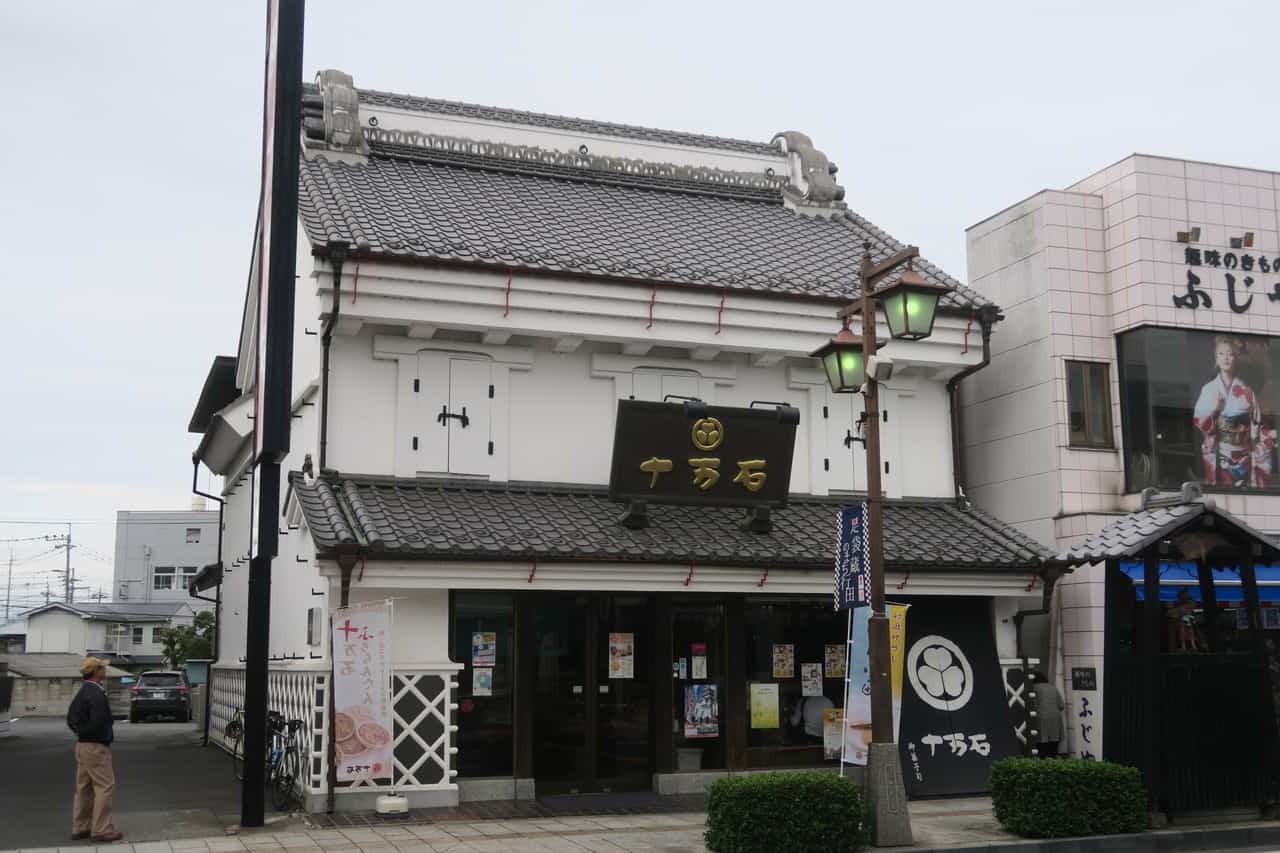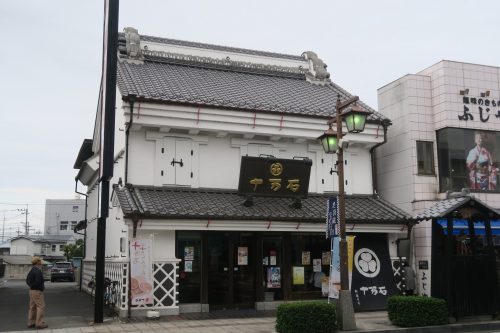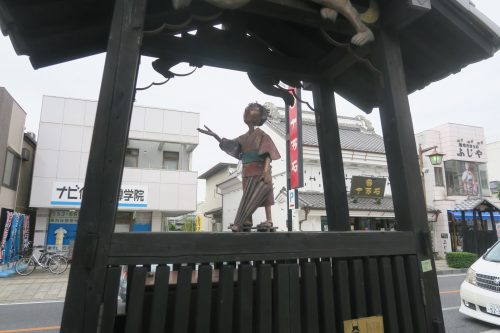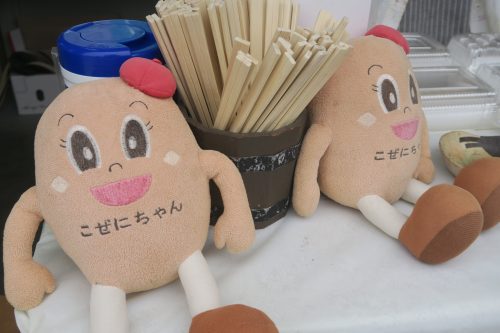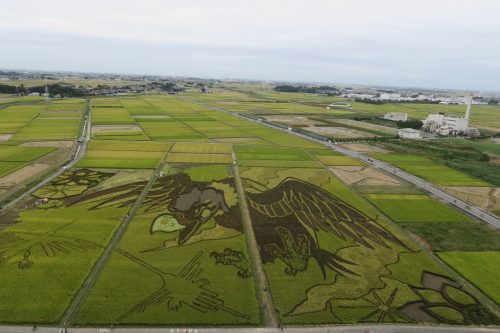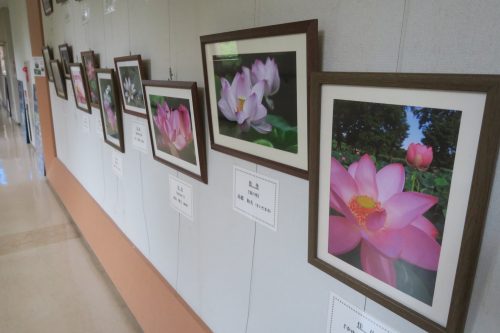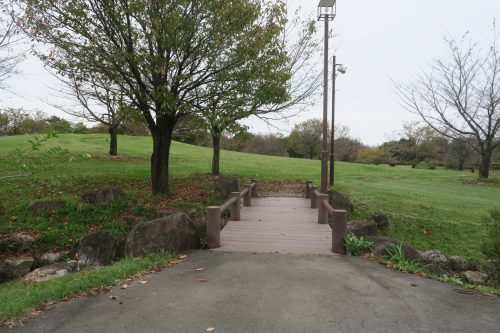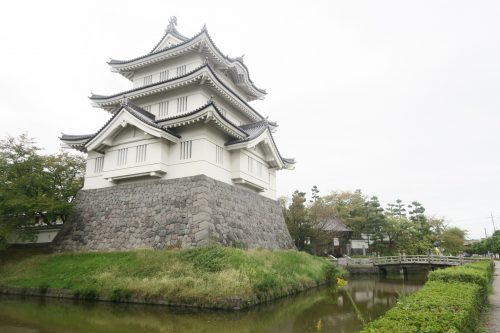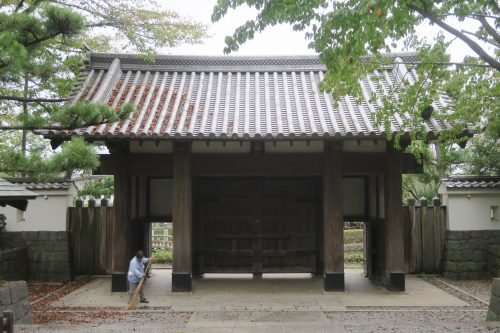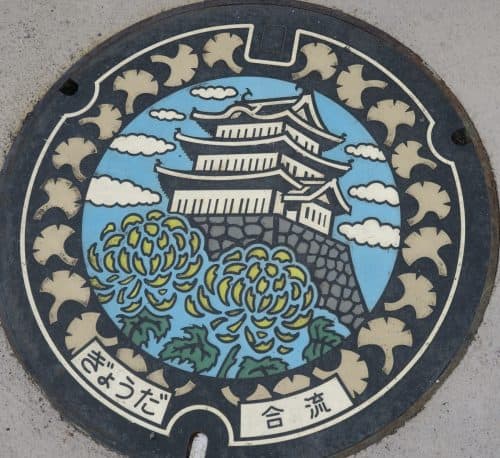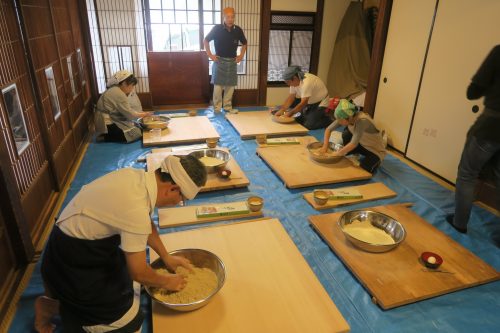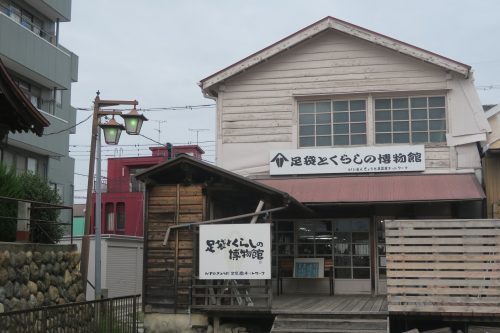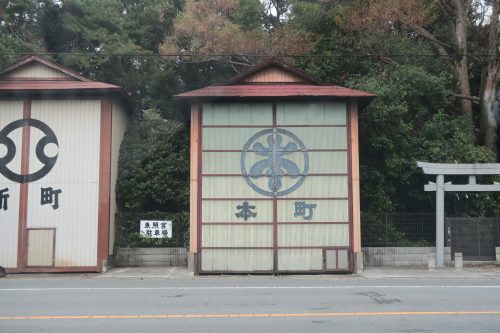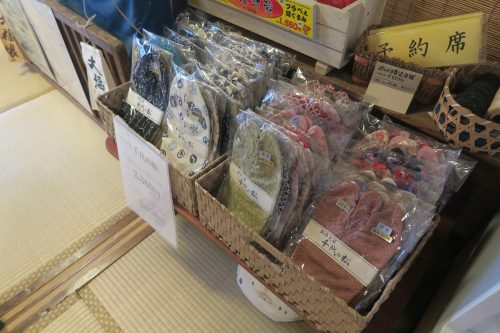Sponsored by Gyoda City and Council for the promotion of Tambo Art.
Gyoda City is a delightful little old town famous for tabi (traditional Japanese two-toed socks), a pond shaped like a massive lock and of course Guinness World Record holding tambo (rice field) art. Since it’s only one station away from Kumagaya Rugby Stadium, one of the great hosts for the Rugby World Cup 2019, and literally an hour away from Tokyo, it’s the perfect place to experience some authentic, Japanese culture on your own rugby tour. From culinary delights to magnificent lotus ponds to castles and interesting socks, Gyoda has it all.
Jelly Fries
Naturally, Gyoda’s magnificent countryside offers a large variety of exceptional places to relax and stroll around. But, before you head off on your exceptional journey, there is one thing you really should pick up: jelly fries. With such a confusing name, I can understand that you may be imagining a kind of fruit jelly (or Jello) that someone has managed to deep fry. Intriguing as that sounds, you may be pleased to know that it is more like a Japanese croquette (korokke), without the breaded, crispy exterior, and with a flavor similar to the kind of sauce the Japanese like to refer to as sauce (commonly used on top of Tonkatsu). “Why on earth call them jelly fries then?” I hear you scream. Well, their jelly-like, gooey consistency comes from okara (Japanese bean curd), which is then mixed with vegetables and potatoes. Gyoda’s soft, warm and gooey specialty can be bought right next to the site of tambo art in Kodai Hasu no Sato, at a small stand guarded by adorable stuffed Jelly fry mascots.
The Ancient Lotus Pond: Kodai Hasu no Sato
After picking up your jelly fries, why not head on to the lotus pond? Take a picnic and enjoy the grass and trees of this ancient park, or take a few friends there on the way back from watching the rugby match in Kumagaya City. You could even check out some award-winning tambo (rice field) art, which is best viewed from summer to autumn by climbing up the observation tower 50m above ground. More specifically, if you visit the lotus pond from June through August, you’re in for a treat. 120,000 lotus flowers of 42 different types scatter themselves across the ancient lotus pond in a burst of summer colors. If you can’t check it out in person, pictures of the pond in its full glory are available in the observation tower building.
Oshi Castle
What town in Japan isn’t complete without its very own castle? Constructed in the Bunmei era of the Muromachi Period, this castle dates back to the late 15th century and is famous as the castle that could withstand a flood attack organized by Ishida Mitsunari. Unfortunately, the castle was torn down in the Meiji Restoration period but, in 1988, Oshi Castle’s three-story tower was restored to its former glory and the Gyoda City Provincial Museum was constructed. By entering the museum, which is now connected to the castle, you can climb to the very top level of the castle and look out over the entire city. If you’re lucky, you can also spot some people in ancient Japanese warrior clothing!
Gyoda Tabigura: Get your two-toed socks here!
Not only is Gyoda famous for holding the Guinness World Record for tambo (rice field) art, it was also historically the major hub for tabi socks back in the Showa era. If you ever needed some tabi, Gyoda was the place to go. Unfortunately, with the invention of nylon, the decline in demand for tabi was secured and, one by one, the tabi warehouses, manufactures and shop-offices surrounding the streets of Tabigura began to transform into businesses more relevant for the modern-day and age. While still managing to retain much of its historic past, with relics of old at every turn, the interiors of these establishments show a different story. Now, with modern cafes, bakeries and many, workshops for making things like soba and tabi, Gyoda has managed to hold onto its significant past while also advancing into the future. It’s a quiet, quaint, and peaceful stroll through an old town, with many things to explore and discover.
Just an hour from Tokyo, Gyoda provides a calming, relaxing and interesting cultural experience, the likes of which are still unknown to foreign (and even some Japanese) tourists. And, being so close to Kumagaya Rugby Stadium, there is no better time to visit! If nothing else, you can pick up some tabi for your friends at the gift shops in Tabigura. There couldn’t be a more unique and interesting Japanese souvenir for your friends who missed out on quite possibly the most unique Rugby World Cup to date.


